We set off to Scotland on the 19th July, stopping at the village of Bankfoot a few miles north of Perth where we stayed the night at the Bankfoot Inn. Good room and a nice village. We earwigged a conversation in the bar about devolution while we were downing a few pints. Never figured out what side the bar politicians were on.
Day 2 John O’Groats
Continued our journey up the A9 all the way to Thurso and the Scrabster Harbour (just so we could go to the end of the road). The weather was damp, miserable and misty, as was Thurso, a truly miserable place. We drove over to Dunnet Head, the most northerly place on mainland Britain, and spotted a single Puffin on the bird cliffs. Warmed up with some tea and scones in a nearby café before booking in at the Seaview Hotel at John O’Groats. Despite the previously bad weather, the evening provided a wonderful sunset over the island of Stroma. Saw the wonderful German Rotel touring bus which we had the pleasure of seeing in Namibia. Think they had stopped here, taken a day trip to the Orkneys, and then slept in the coffin pods overnight.
Day 3 The Orkneys
We left the car at John O’Groats and caught the 40-minute ferry to Burwick right at the Southern tip of Orkney. A coach was waiting for us which took us to Kirkwall. The journey took us over several islands joined together by the Churchill barriers built in WWII to protect the Scapa Flow fleets from attack. Once in Kirkwall we dropped our bags at the Kirkwall Hotel and took a walk around the town. We started our archaeology with a visit to the Orkney Wireless Museum. An amazing museum from the early days of wireless, including a display of war time radios. I recognised several exhibits including the Sinclair matchbox radio (I built one) and a radio transceiver in a wooden case, one of which my Grandad Read had. I remember using it to transmit on the the TV channels at home. We had some gorgeous Orkney ice cream, and took a walk to the Highland Park distillery. We had a few pints in the bar before meeting up with the other guests from the Andante tour for for dinner. Our guide was Caroline Wickham-Jones, a Kirkwell resident & a lecturer in archaeology at the University of Aberdeen. Her love of all things Orcadian and archaeological certainly showed.
The hotel had its quirks. Our room was large and had a very high ceiling and overlooked the harbour. The downside was the boy racers who seemed to exercise their tuned exhausts all night right outside. Well most of the night as we shall soon see. We were apparently quite lucky with our room, reports from some of our fellow travellers were of rather dire rooms.
Day 4 Kirkwall
A day around town. We explored St Magnus Cathedral, perhaps unique in being owned & run not by the church, but by the town. The Earl’s Palace was a ruin, but you could see the Grand Design dreams of its founder Earl Patrick. He’d economised on labour by using slaves but his use of glass for a 17th century building was breath-taking. Even these days the glass would be expensive. It was never a fully functioning, complete building & naturally bankrupted him. The Bishop’s Palace was a similar, but earlier, ruin. After lunch we wandered back to the Tankerness House Museum where we viewed the artefacts from many digs they had a small display of Orkney chairs.
Day 5 The Ness of Brodgar
The night was eventful. Steve had a severe stomach ache and thought he was dying, even as far as visiting Casualty at 4.00am, where he was given some pain killers. In the morning he did not materialise from bed and left Rosemary to her devices where she went with the group to see Maes Howe a chambered tomb, the Stones of Stenness and Barnhouse. Here, at least 15 houses have been excavated. Maes Howe had some fascinating Viking rune graffiti. Great fun.
Steve made it to the lunch spot at the Standing Stones Hotel where he met up with the group. Poor Stephen didn’t eat and didn’t eat in the evening. In the afternoon we visited the Ness of Brodgar where there was an active excavation in progress. As you can see from the gallery the site is quite large, and only a small portion has been excavated. Excavations typically only run for 6 weeks a year, lack of funding (& perhaps the Scottish climate?) being the main reason. Next we visited the nearby Ring of Brodgar, a stone circle.
Day 6 Rousay
Today we went to Rousay by ferry from the Tingwall Ferry terminal on the Orkney Ferries. The small ferry could take the coach and a few cars. Getting the coach on and off the ferry was a performance requiring thick planks of wood under the wheels to stop the coach from grounding. At the port (grand name) was a small book reading room called Bettys Reading Room. Here you left books, read books or borrowed books. You could sit in easy chairs and while away the hours, though after dark you would have to use the Tilly lamps to see by.
Once on the island we drove clockwise around to see the Midhowe Tomb and the Midhowe Broch. These required a short walk down to the shore from the road. As you can see the sky and sea were blue, though there was mist out to see. Rosemary spotted an oil rig in the mist. It turned out to be a small fishing vessel. On the shore were some basking seals, too far for a decent photograph. The tomb was well preserved, and was kept under cover with a building to stop the weather from destroying it.
Afterwards we continued around the island, and back to the port for lunch. (Had to go around the island as there was no way to turn the bus around.)
After lunch we made another trip around the island, stopping to see Taversoe Tuick a two-storey tomb. There was also a very small tomb below it, which you could sit down to see inside. After this tomb we visited the Blackhammer Cairn or Tomb. This was a long chambered tomb, which now had a concrete roof over.
Back to the ferry and home to the Kirkwall hotel for dinner.
Day 7 Skara Brae
The day was a pleasant sunny day, we were out of the hotel early, packed because we were leaving for the Shetlands. First visit of the day was Skara Brae, a Neolithic village of stone houses which were amazingly well preserved beneath the sand of the Bay of Skaill. The were first revealed in modern history in 1850 after a storm. They have been excavated on at least five occasions since the 1920s.
Nearby was Skaill House which was the Lairds home built in the 1600s. We saw the dinner service used by the explorer Captain James Cook on his 3rd and final voyage. It was amazingly flowery.
Next we went to Marwick Head, where Kitchener’s Memorial stands. Here there is an RSPB site and we managed in a short time to photograph a few birds. There were some Puffins, but they eluded being photographed.
After lunch we visited the Broch of Gurness, this is opposite the the Isle of Rousay. Managed to snap a picture of a basking seal. After this we went to the airport to fly to the Shetlands. Despite the sunny weather there were rumors of fog. The incoming flight from Inverness was delayed, rumors that a passenger had asked to be removed from the flight because of the fog on the Shetlands. The plane was late because they could not locate the luggage. The Fly Maybe flight arrived, we boarded, and were warned by the pilot about the fog in Shetland. Anyway, no issues on arrival and we landed and coached to Lerwick where we stayed at the Lerwick Hotel. The hotel didn’t look very pretty, but it made up for that in service and comfort. Late supper of sandwiches because we arrived rather later than expected.
Day 8 Stanydale Temple
The day looked miserable on our side of Shetland, once in the coach and we had driven over the the west side, the sun came out in all its glory. It was a lovely day just walking and sitting on the grass. On the archaeological side we saw lots of rock piles in the grass, were these stone pickings or the remains of house and barns from the Neolithic age? There were some, like the Stanydale Temple which looked like buildings.
The afternoon was spent looking at the Clickhimin Broch and the museum in Lerwick.
Day 9 St Ninian’s Isle
The day looked miserable (again) on our side of Shetland. This time we were staying on the same side, to visit Mousa Broch. Mousa Broch is a large well preserved Broch on the island of Mousa. This is a small island and a RSPB sanctuary for birds. It’s not far of the shore of the mainland, and was totally invisible in the mist. The small foot ferry was equipped with GPS, Radar and Sonar. The driver navigating exclusively with these, and no sight. We arrived, and walked the short distance to the Broch, climbed it and took our photographs. Masses of smashed sea-urchins everywhere. We walked around the island on the designated path, walking from one marker stick to another, seeing little and being attacked by outraged Terns and one huge Giant Skua who came screaming out of the mist 5′ off the ground.
We went back to the Mainland, still in the mist, boarded the coach and had lunch. Lunch was in a brilliant Community Centre where we had sandwiches and cake. The Centre had a most remarkable display of world war radios and transmitters.
We then set off to St Ninians Isle. St Ninians Isle is a small island connected to the beach by a fabulous sandy Tombola. On the island was an excavated church where some treasures were found. These are housed in the Edinburgh museum. Oh St Ninians is on the West side of Shetland, and the sun was shining. Pleasant afternoon walking across the Tombola.
We had supper in the town and after the meal walked back to the Lerwick hotel by a very long meandering scenic route. In Lerwick harbour there is a huge accommodation ship which houses many temporary workers who are building new gas and oil processing plants. This particular ship was painted with some what a rather striking design.
Day 10 Scatness
Down to the South of the island to see Scatness. This site has structures from 400 BC to 900 AD and was excavated by Bradford University. Instead of back filling the site, they have attempted to allow visitors look around the Broch. There was also a visitor centre and re-creations of of a house and smithy.
We then drove down to the tip, Sumburgh Point, and saw the bird cliffs. There were hundreds of Puffins living in their burrows. I could have spend hours there, never had time to walk up to the lighthouse. Unfortunately we had to depart for lunch at the Sumburgh Hotel. Interesting this part of the island is South of the airport runway. The road crosses the runway, when a plane is due to land or takeoff the road is closed at the runway edge.
After lunch we visited another museum and visitor centre.
Day 11 Jarlshof
Today was our last day on the Shetland Islands before flying back to Orkney. In the morning we drove down to the Southern tip again, parked at Sumburgh hotel and visited the Jarlshof site. Jarlshof is multi period with more than 4000 years of settlement. Settlement started in 2400 BC by Neolithic farmers, finally ending in the early 17th century with the Laird’s Hpuse. The intervening periods represented here include the Late Bronze Age, Iron Age and Viking settlements.
We left and went north for lunch at the Spiggie Hotel in Scousburgh. This had lovely views of the sea, loch and caravan site. Having time to spare, the coach took us to the nearest accessible high point for starling views of the island with a splendid view of St Ninians.
Back to the coach, then the airport and the flight back to the Orkneys. This time we stayed at the Orkney Hotel in Kirkwall. Reasonable hotel, but difficult access for us and our luggage. The coach could not get near to the hotel.
We had a treat in the evening. (We didn’t have time for dessert, but the hotel very kindly saved it for us and served it when we got back. It was that kind of place.) Our treat was to attend The Reel’s sixth Orcadian Summer Concert for 2014. The Reel is a Kirkwall cafe, restaurant and music centre for the island run by two sisters. Their pupils, the Reel Fiddlers, started the evening in splendid style, followed by pianist Heather Rendall and then singer Robin Nicholson. The final act was three siblings, the Westwells. They were excellent, wonderful musicianship and poise far beyond their years. See them if you can.
Day 12 Tomb of the Eagles
Last day in Orkney saw as view the Tomb of the Eagles. This was a private excavation by a farmer who discovered the tomb back in the 1970s . The farmer is now dead and we saw his monument and were shown around the museum by his daughter. After the Tomb we visited the Italian Chapel. This was constructed inside a Nissan Hut by Italian Prisoners of War. After the war is should have been destroyed, local residents protested and it was kept. It later fell into disrepair, but has been renovated. All the decoration, including the tiles on the walls, is paint effects.
Day 13 Edinburgh
We left Orkney on the foot ferry, back to John O’Groats. On the way over we were confronted by a section of the British Aircraft carrier Alliance being towed across the top of Scotland from the shipyard of Govan to Rosyth where it is put together. We then drove on down to Edinburgh where we camped for 8 nights at the Edinburgh Caravan Club Site. We spent most of our time at the Edinburgh Fringe watching a wide variety of comedy shows. Some good, and some crap. The best on my list were Tania Edwards, Miranda Kane & Neil Henry.
We checked out the St Ninian’s treasure in the Museum of Scotland having seen replicas in the Shetland Museum.
We also did Rosslyn Chapel, which alas was heaving with people, so much so that it was almost impossible to park. They were apparently there mostly because of the Dan Brown book, but we’d heard about it first in an Ian Rankin book. That day we also went to Crammond, and walked out to the Island.










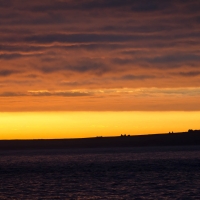
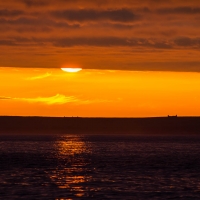
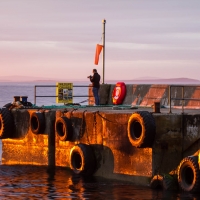
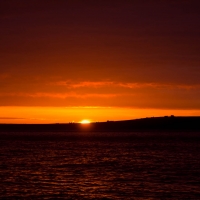
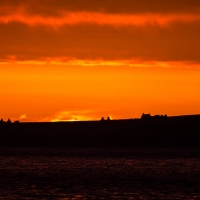
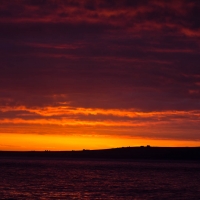
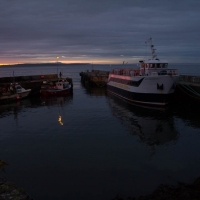
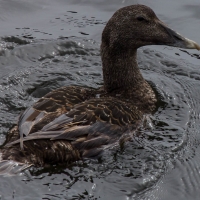
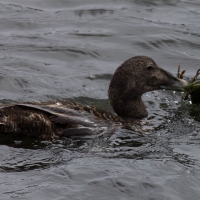
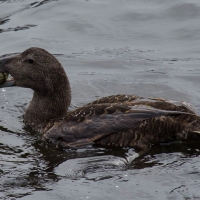
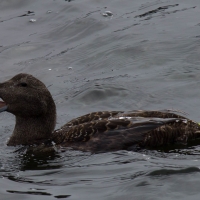
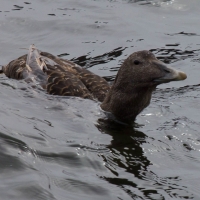
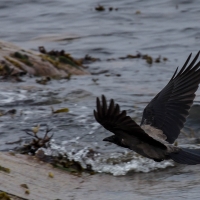
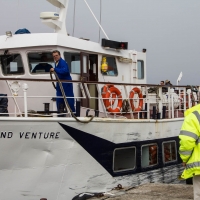
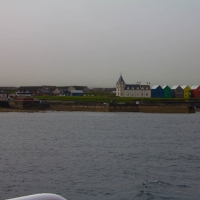
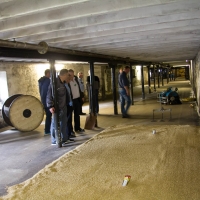
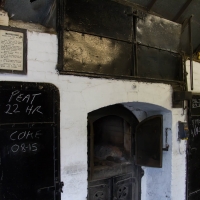
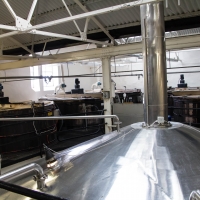
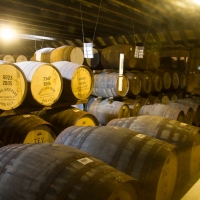
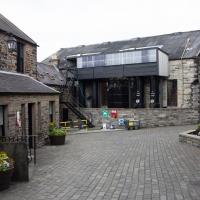
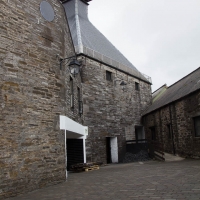
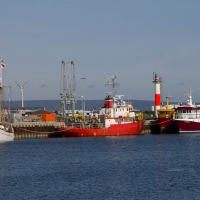
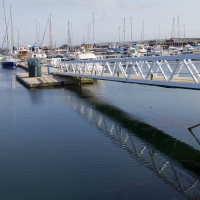
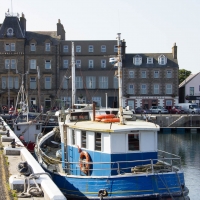
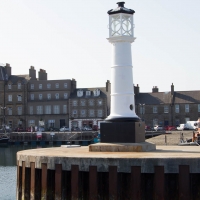
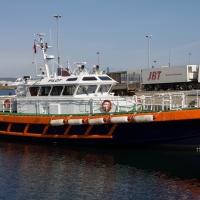
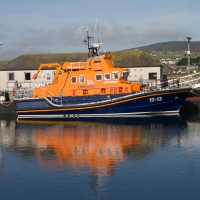
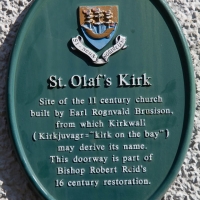
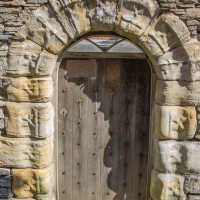
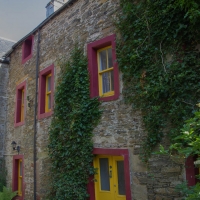
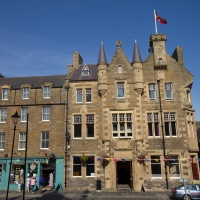
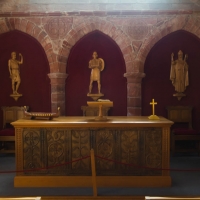
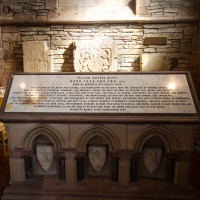
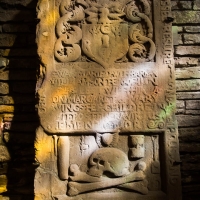
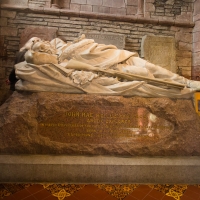
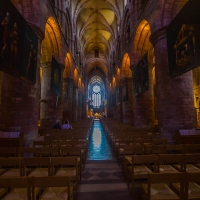
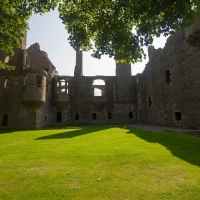
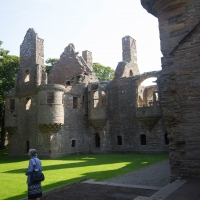
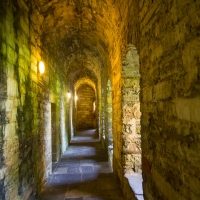
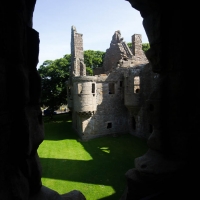
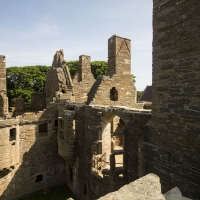
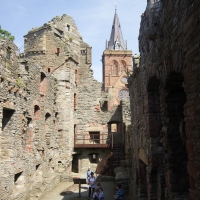
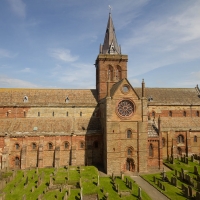
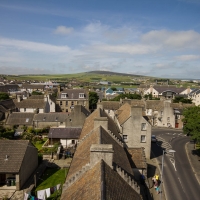
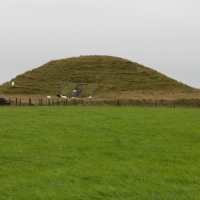
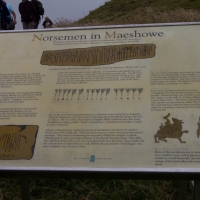
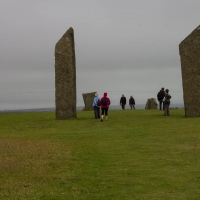
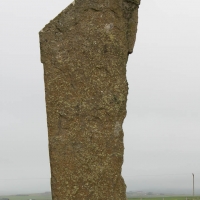
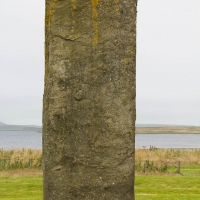
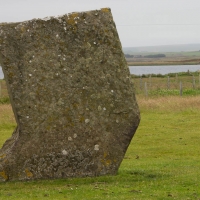
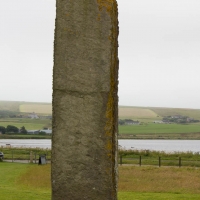
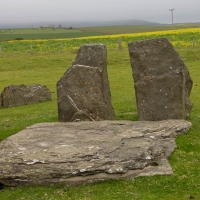
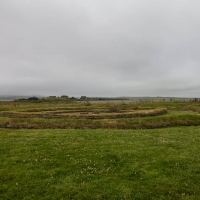
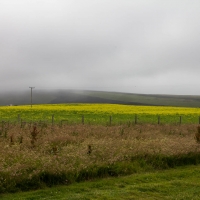
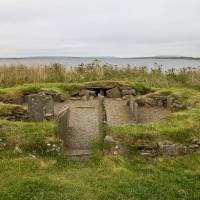
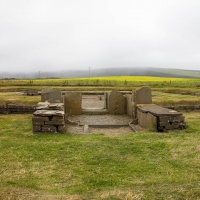
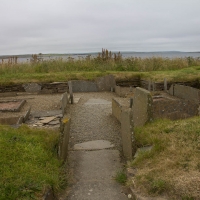
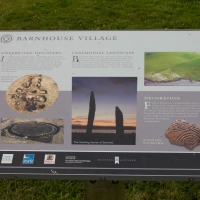
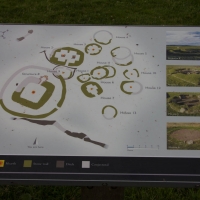
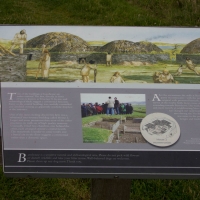
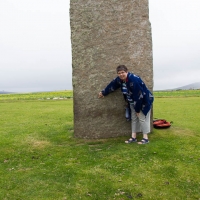
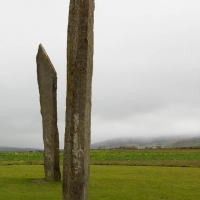
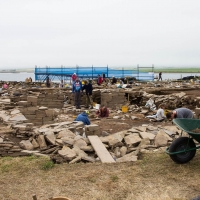
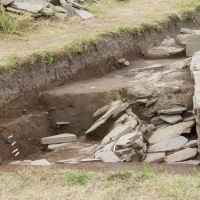
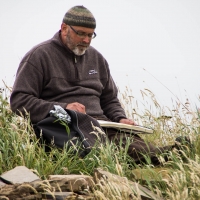
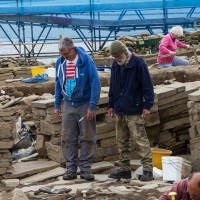
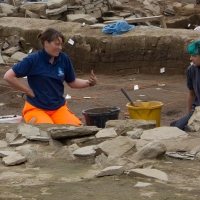
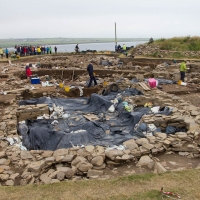
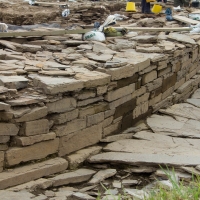
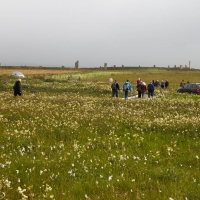
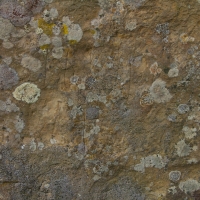
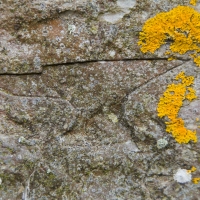
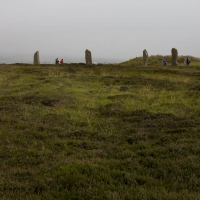
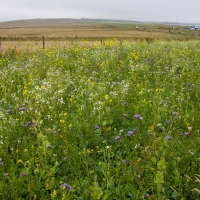
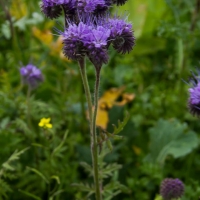
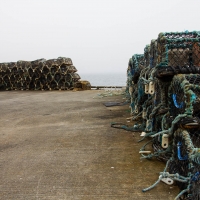
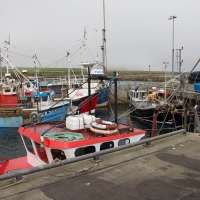
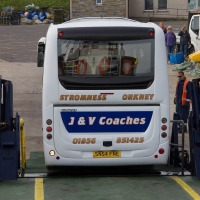
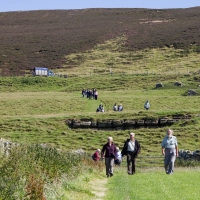
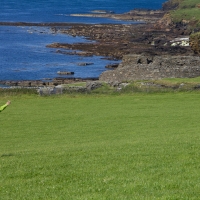
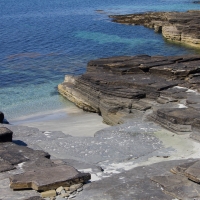
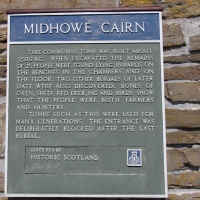
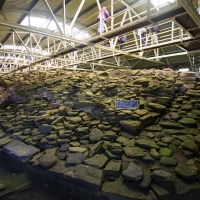
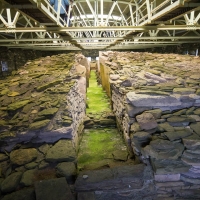
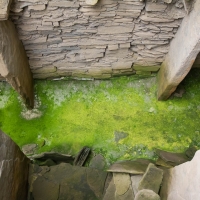
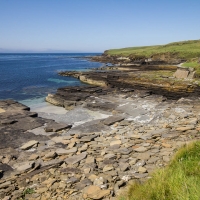
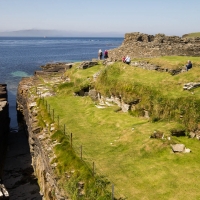
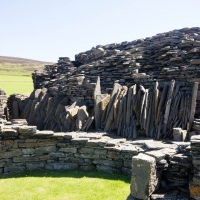
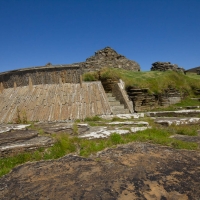
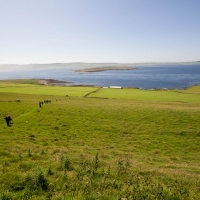
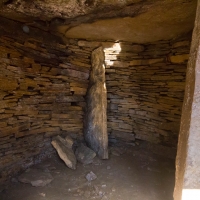
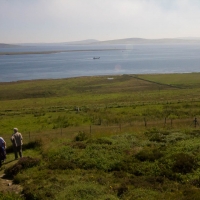
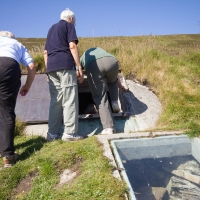
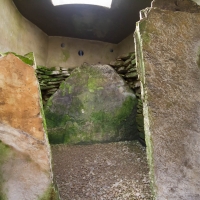
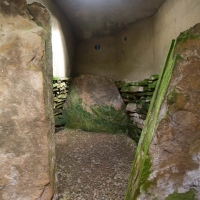
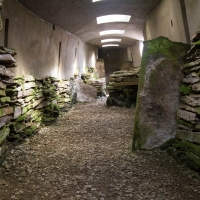
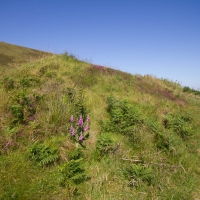
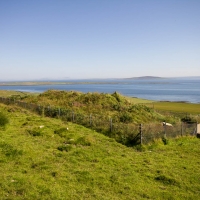
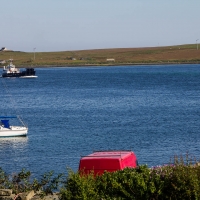
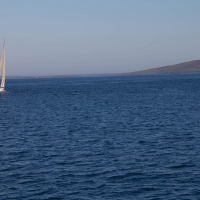
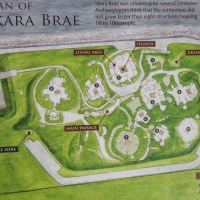
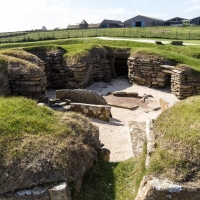
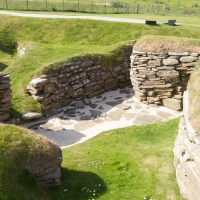
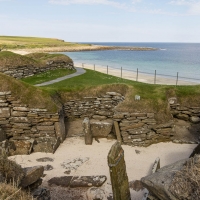
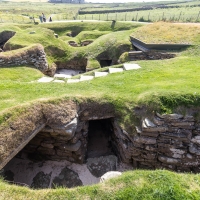
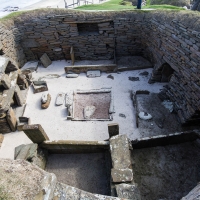
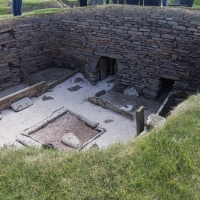
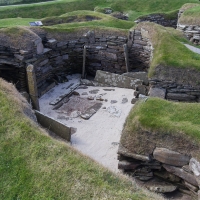
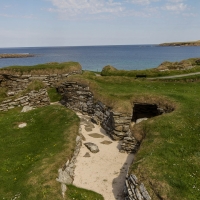
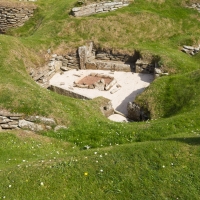
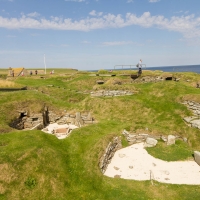
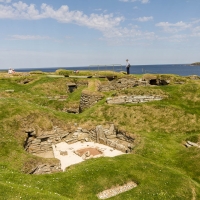
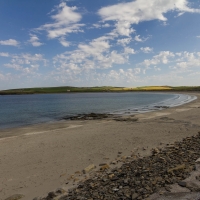
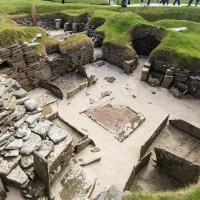
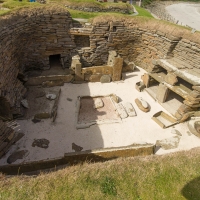
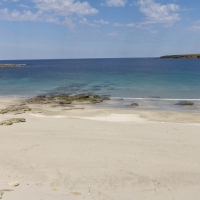
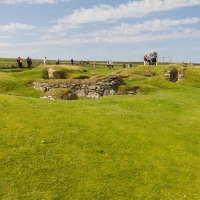
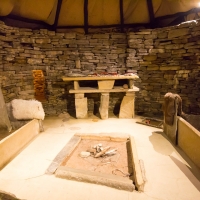
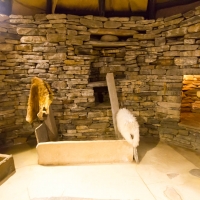
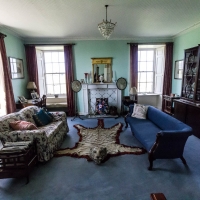
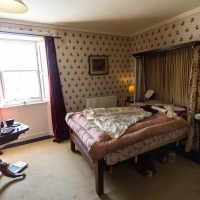
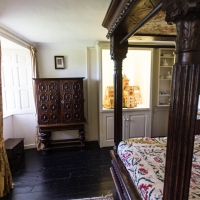
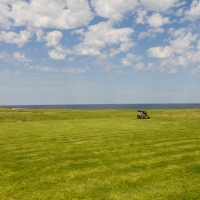
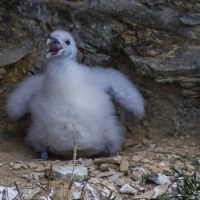
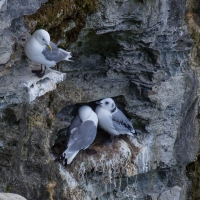
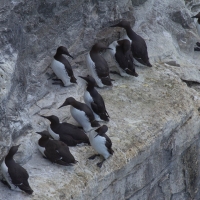
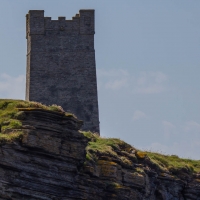
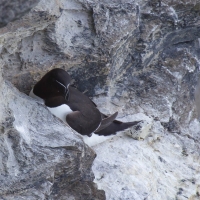
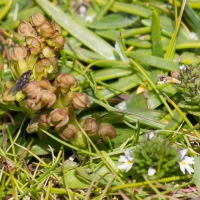
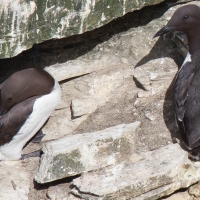
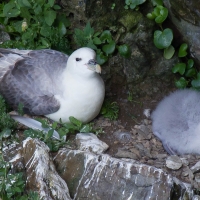
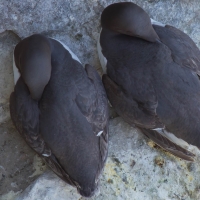
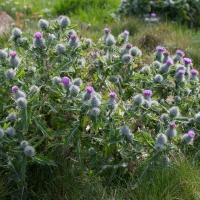
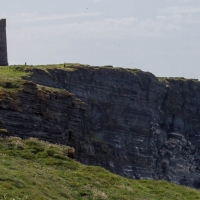
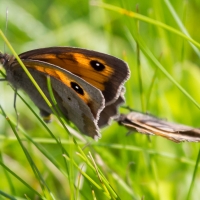
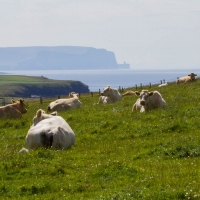
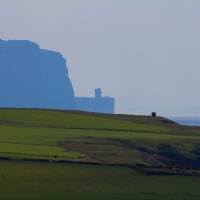
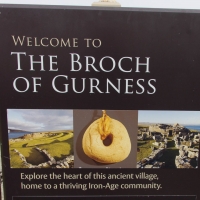
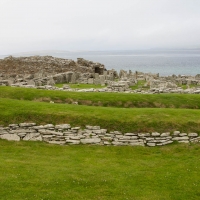
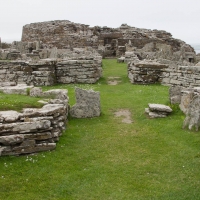
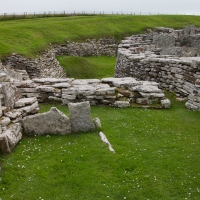
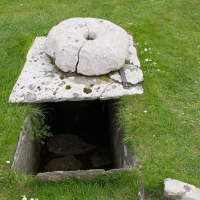
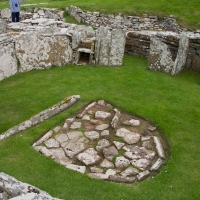
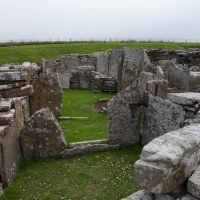
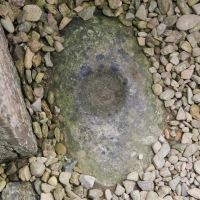
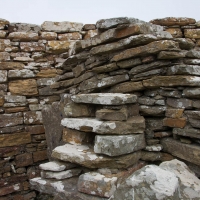
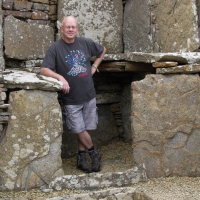
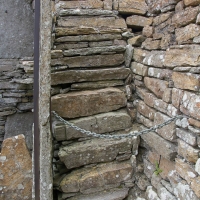
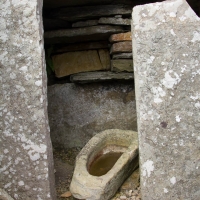
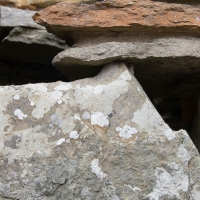
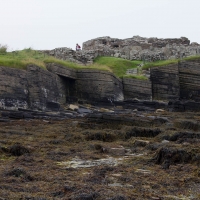
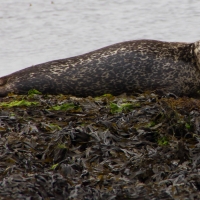
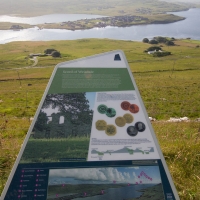
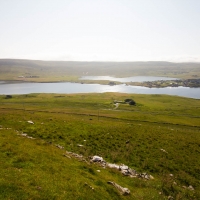
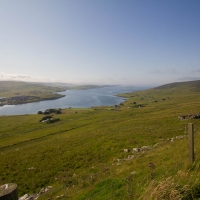
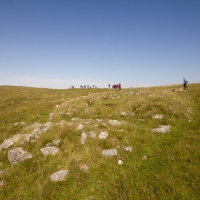
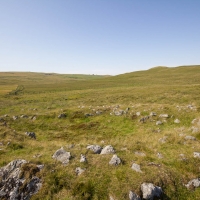
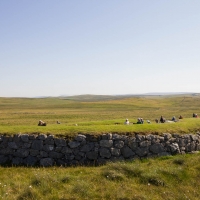
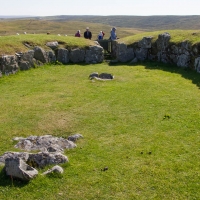
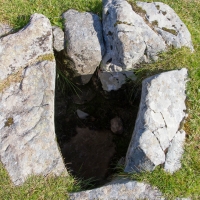
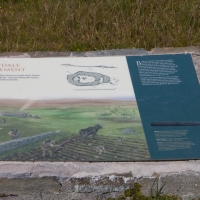
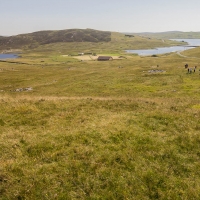
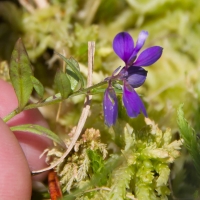
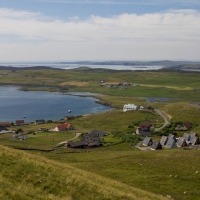
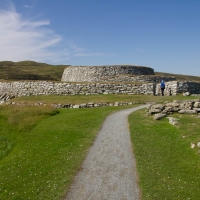
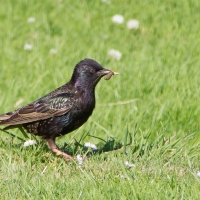
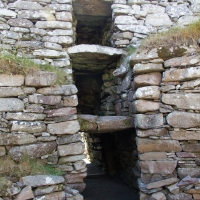
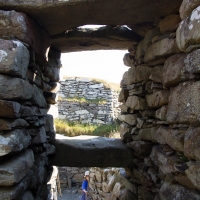
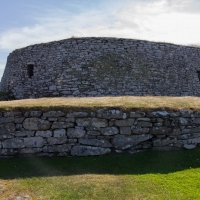
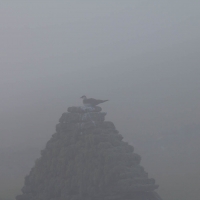
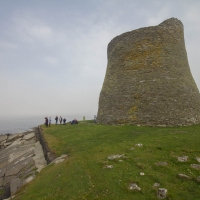
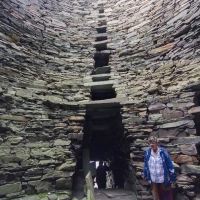
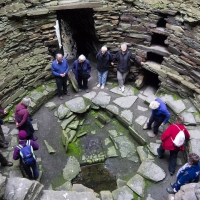
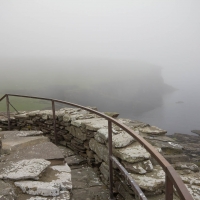
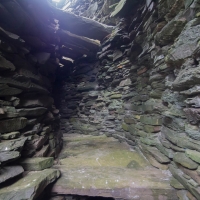
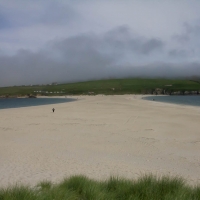
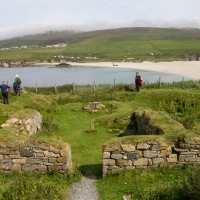
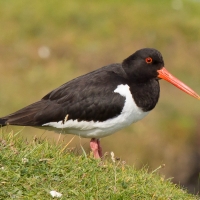
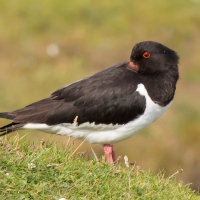
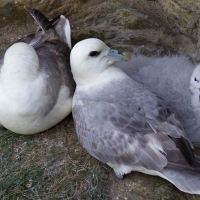
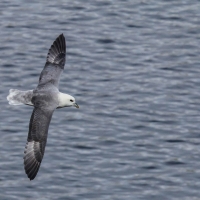
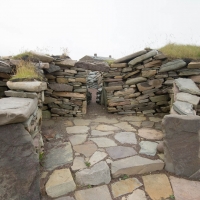
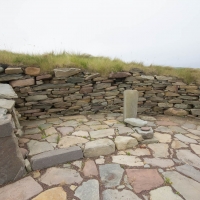
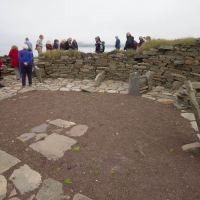
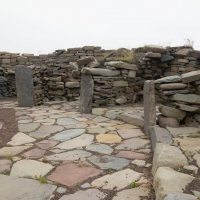
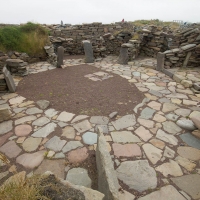
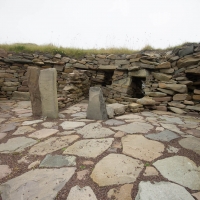
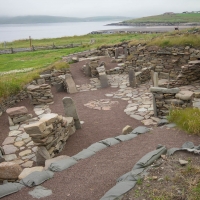
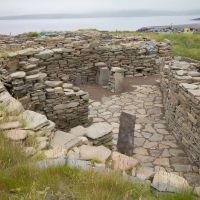
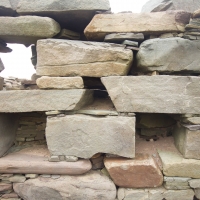
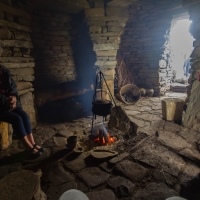
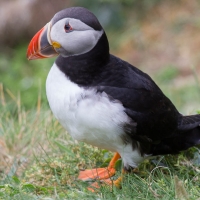
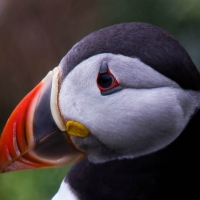
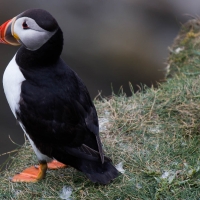
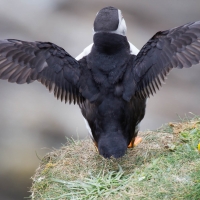
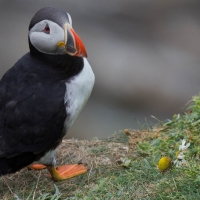
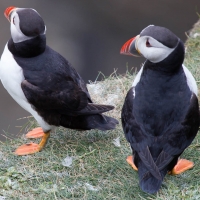
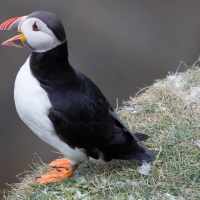
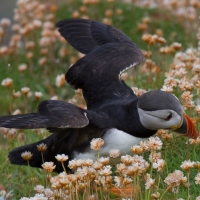
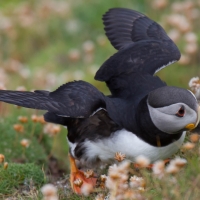
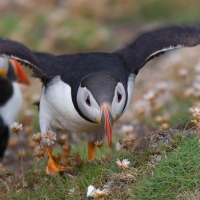
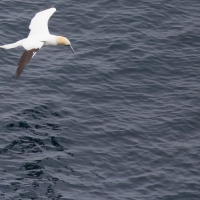
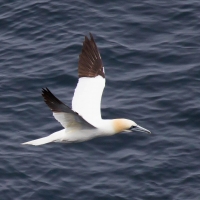
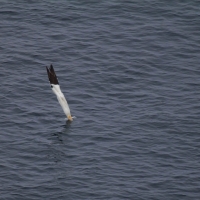
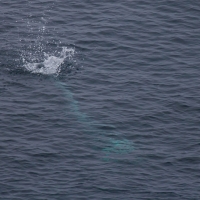
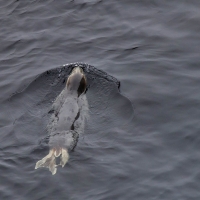
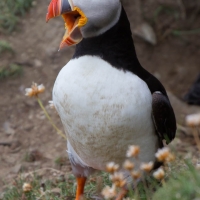
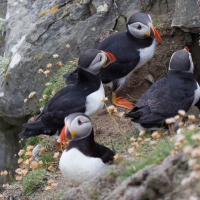
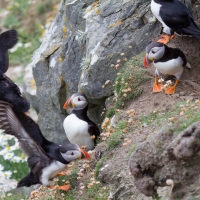
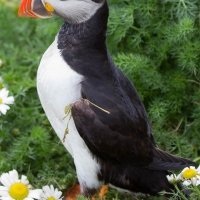
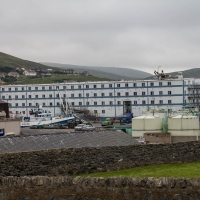
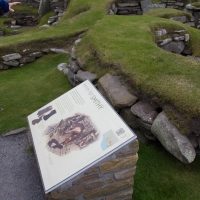
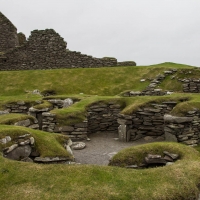
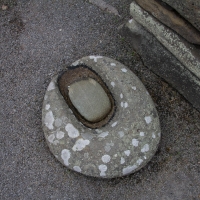
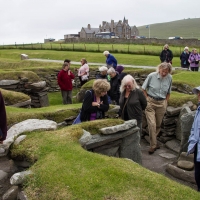
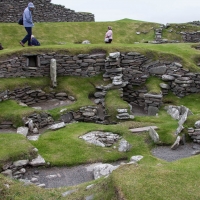
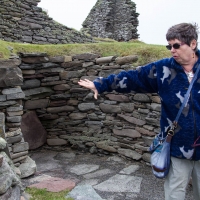
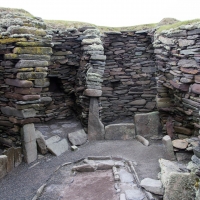
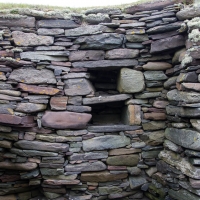
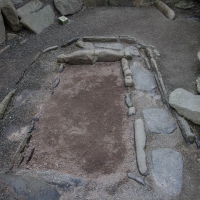
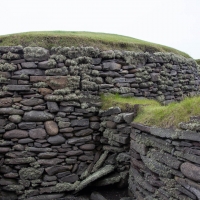
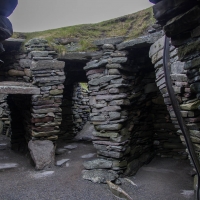
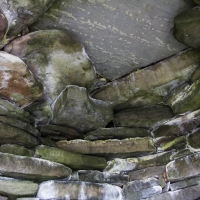
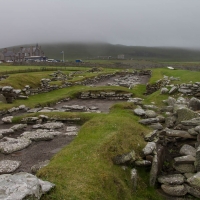
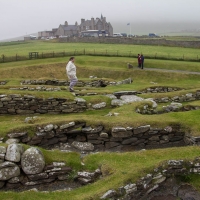
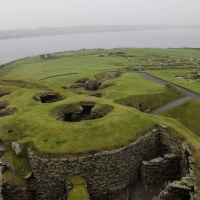
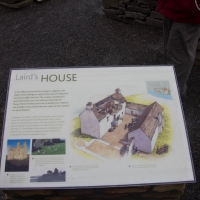
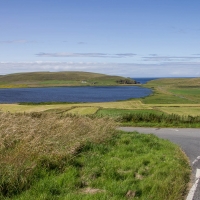
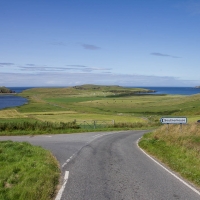
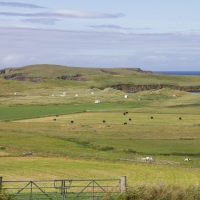
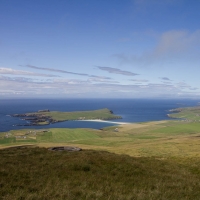
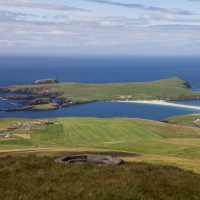
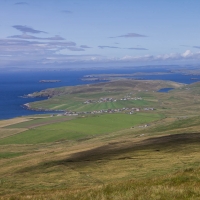
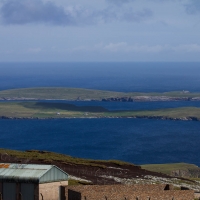
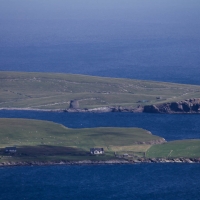
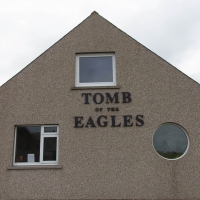
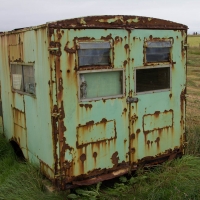
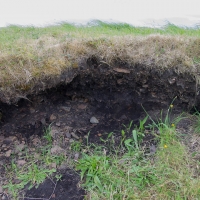
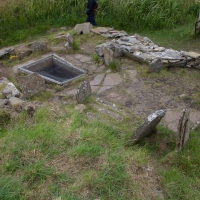
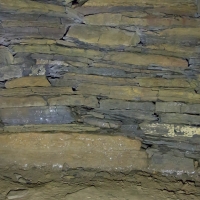
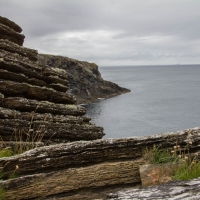
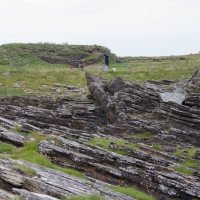
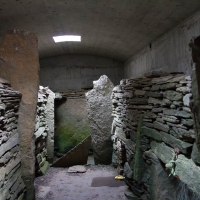
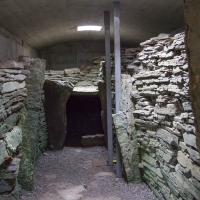
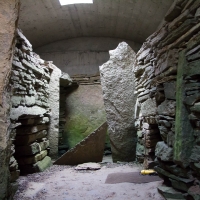
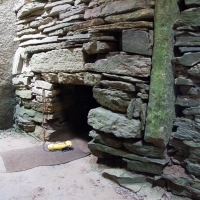
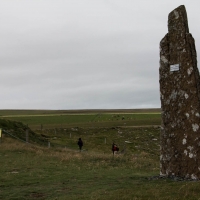
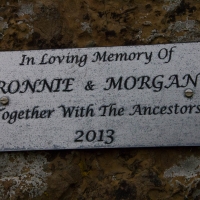
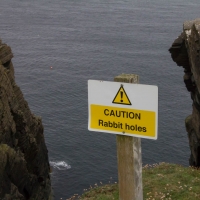
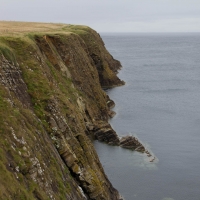
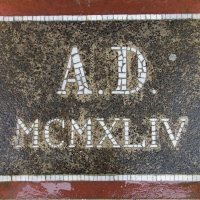
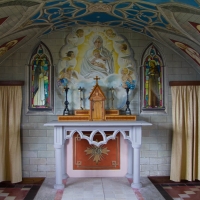
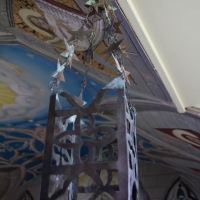
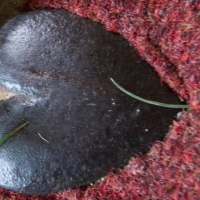
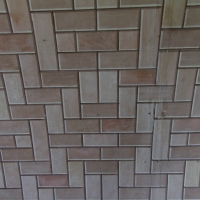
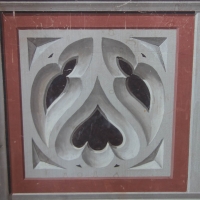
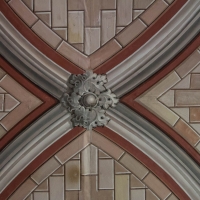
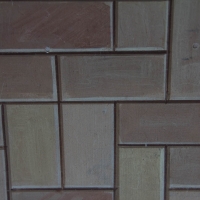
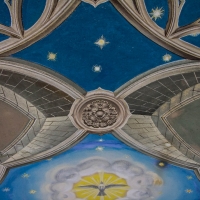
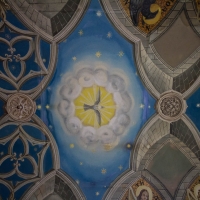
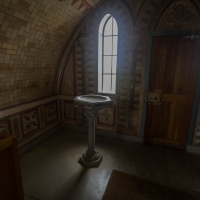
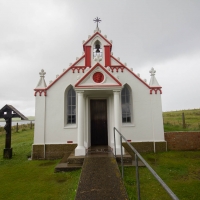
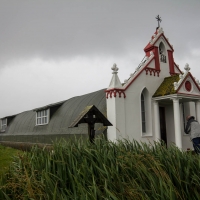
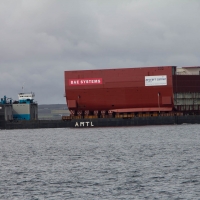
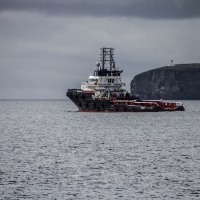
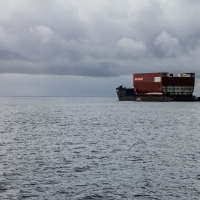
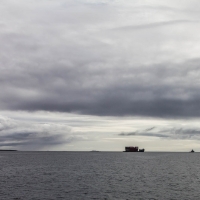
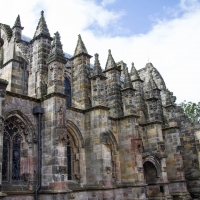
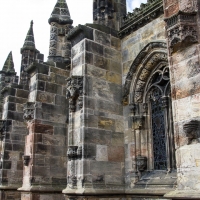
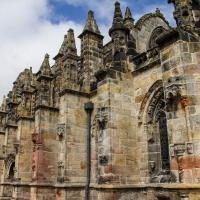
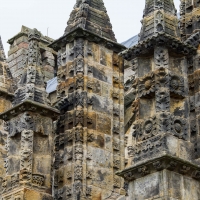
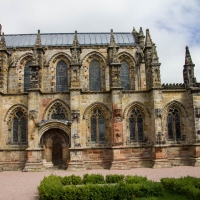
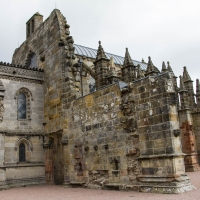
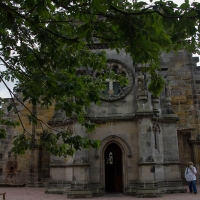
Pingback:Trip to the Orkney and Shetland Islands, plus Edinburgh for the fringe - Blasdale Biographical Log
Great pictures – sounds like a mostly fun trip and look forward to hearing the real life comments from both of you at some point!!
Amazing pictures and excellent commentary. We have spent an hour reading it and looking at the photos How
did you remember all those scottish names?
Sorry about you getting the shits.
All the best O.M.
How do I remember all the names? Ah that would be the tour notes, and the useful tool called Google.